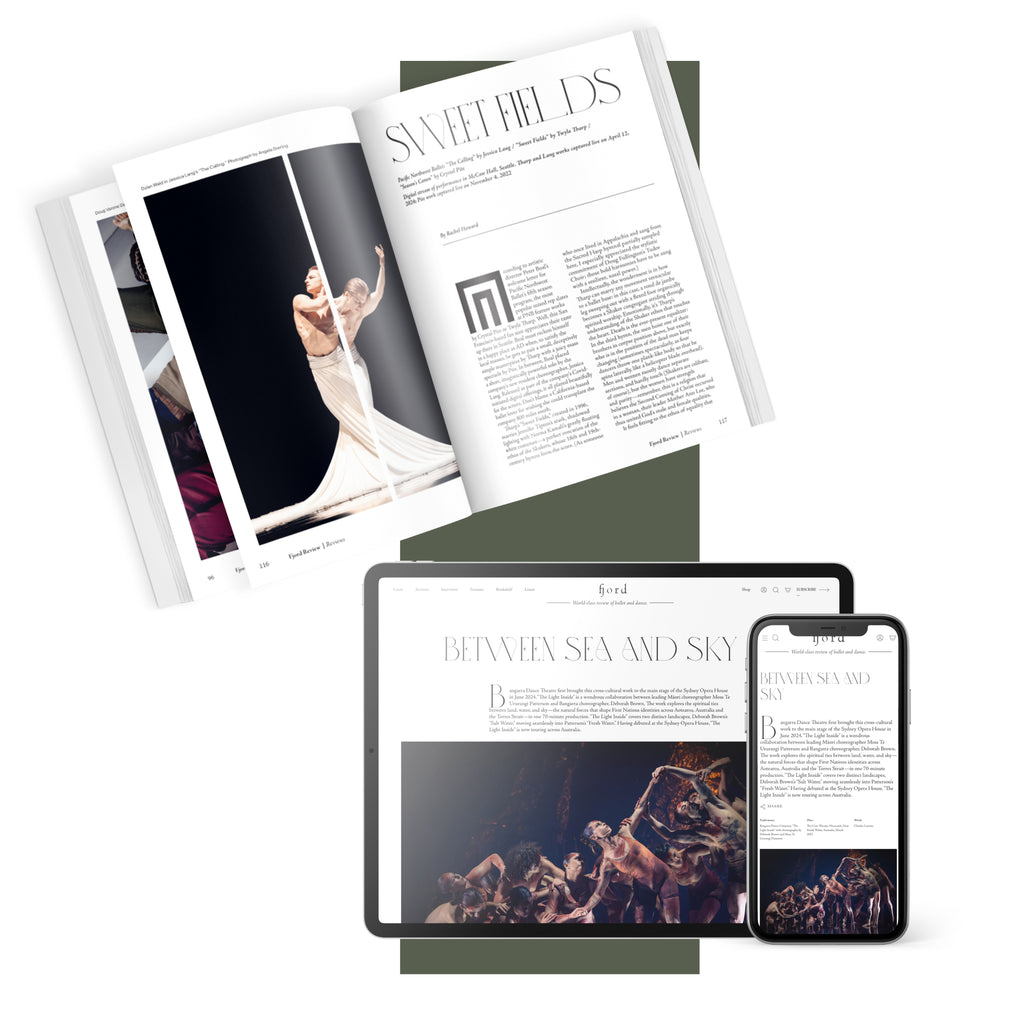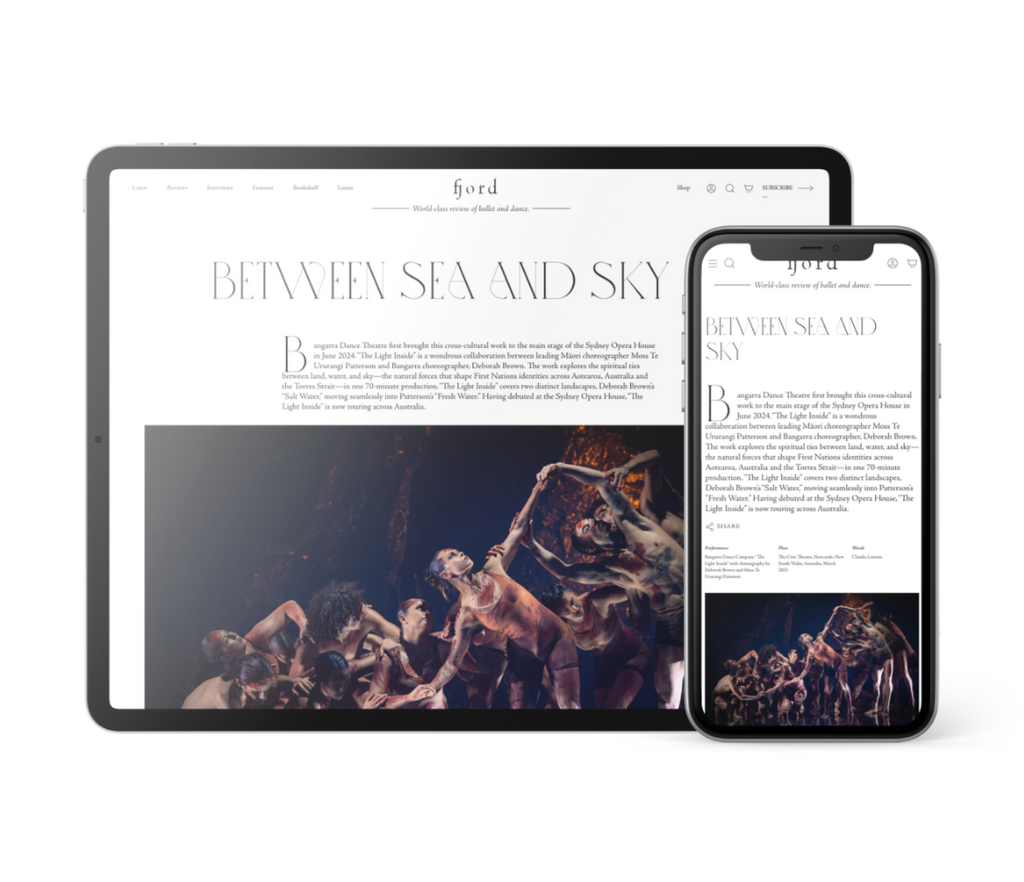Moving in groups of two or three though, the fluidity is disrupted, and here, tensions lie. Witness for example, a clapping game between Thomas Goodwin and Ben McEwen, where the two start playfully slapping each other. It begins as a toy fight, but culminates in Goodwin being pinned to the ground and flapping like a dying fish, exhausted, as his triumphant adversary slinks off, giving him a daggers look, a warning of ‘don’t get up, or else.’ Regardless, he gets up and resumes his position on the floor.
Or there is a scene with Pauline Torzuoli, locked in a dream state, with a solo reminiscent of Butoh. She contorts her torso, folds in on herself, eyes closed in reverie. She moves in a slow, meditative state as though suspended in time.
Another sequence focuses on pure trust exercise games. Massimo Monticelli is led towards the audience by other dancers, his eyes covered by them. They call out to him and tease him, reinforcing his trust that he can rely on their instructions, and trust in the process. Later, he performs a hyper-caffeinated solo that is jerky and a little bit disturbing.
This is echoed as Kassichana Okene-Jameson is held up by the others like a mighty figurehead at a ship’s prow, supported at the waist and legs, she is the closest anyone can get to becoming airborne.
As Sauzereau’s music mellows into more soft, ambient pieces, so too does the energy level in the room. Frenzied movement gives way to quietude, as the audience is invited one by one to join dancers on the floor, back to back or facing each other. It makes sense that the piece was informed by Covid lockdown, when globally, the way we interacted was pared down through necessity.
“Ray” asks a lot of both performers and audience members: it asks us to reconfigure the spaces we share. It reminds us of humanity in all its complex and messy forms. But above all, it asks everyone to lean into kindness, compassion and overlook that which divides us. It may be occasionally less than the sum of its parts, but it’s an irresistible and gentle way to take up space, and contemplate how we communicate, when life throws curveballs and endless banana skins in our direction. It’s a knotty, occasionally absurd and touching hour of dance.










comments